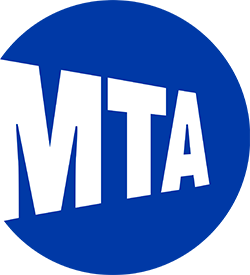March is recognized as National Ladder Safety Month. There is an average of 300 ladder-related deaths nationwide each year, and the number of disabling injuries related to ladders is in the thousands. This is a problem in New York City as well where workplace injuries that are ladder-related are prominent in the construction industry and other employment settings.
Falls from ladders often result in serious concussions, brain injury, and broken bones. Ladder safety experts have called for increased training and safety innovations to reduce the enormous economic toll of ladder injuries each year. They also point to some established rules and standards for proper ladder use.
Ladder injuries may commonly be caused by using the wrong kind of ladder for the situation. For example, it can be dangerous to use a ladder that is too small for the job. Overreaching while on a ladder is another common cause of disabling injuries. In addition, the repeated carrying and maneuvering of heavy ladders can cause various back, neck, shoulder and knee injuries.
Surprisingly, a significant number of injuries occur because people miss the bottom rung of the ladder when descending it. This causes twisted and broken ankles and knees, and can also cause head injuries from falling due to missing the bottom rung. The American Ladder Institute and ladder suppliers are calling for increased ladder safety training, ladder inspector training, and disposing of damaged or obsolete ladders, among other measures.
With increased construction work in New York City, ladder-related workplace injuries are even higher than usual. Whenever a worker is injured from a fall from a ladder or handling of a ladder, the injury should be immediately reported to the foreman or other employer representative designated to receive such reports. The injured worker should also seek treatment as soon as the injury occurs. This protocol protects workers from being wrongly denied their workers’ compensation benefits when they are needed.
Source: ehstoday.com, “Talking Ladder Safety with American Ladder Institute President Ryan Moss“, Sandy Smith, March 8, 2017



